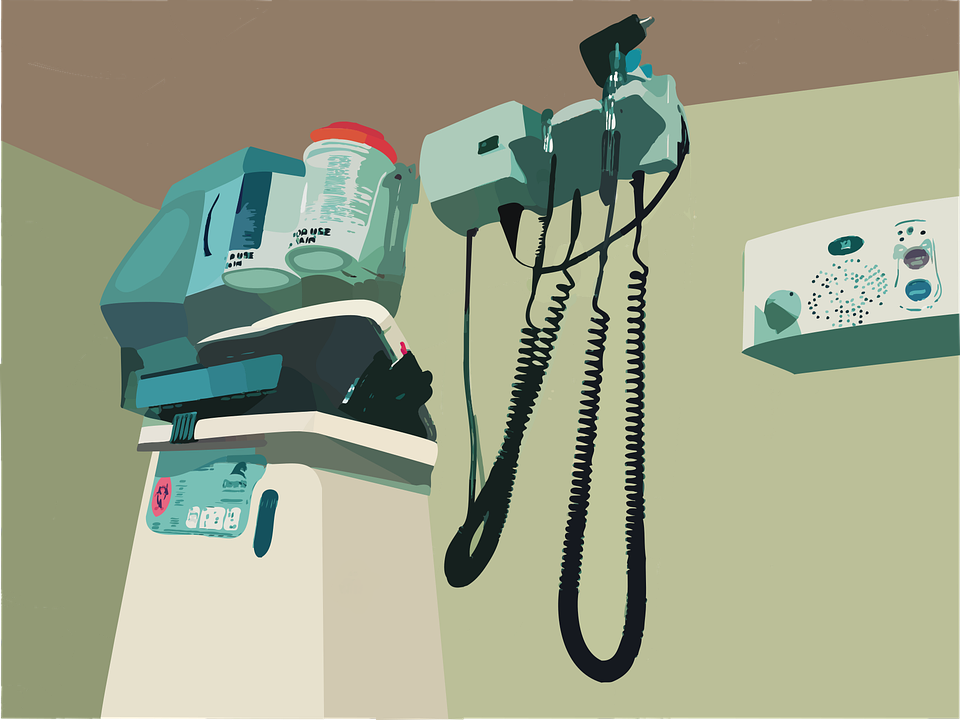Book Appointment Now

Addressing Burnout Among Nurses in High-Stress Environments
Burnout among nurses, especially those working in high-stress environments like emergency departments (EDs) and intensive care units (ICUs), is a significant issue in healthcare. Characterized by emotional exhaustion, depersonalization, and a reduced sense of personal accomplishment, burnout negatively affects nurses’ well-being, patient care quality, and healthcare organizations’ efficiency. Addressing this issue requires a comprehensive approach that targets the root causes of burnout while providing effective strategies for prevention and management. This essay explores the causes of burnout in high-stress nursing environments and proposes evidence-based strategies to mitigate its impact.
Grab a 100% custom nursing paper about burnout in nursing
Get Custom Nursing Paper
Understanding the Causes of Burnout in High-Stress Settings
Nurses in EDs and ICUs operate in environments marked by unpredictability, high patient acuity, and emotional demands. These factors contribute significantly to burnout.
Excessive Workloads and Staffing Shortages
High patient-to-nurse ratios are a major contributor to burnout. Inadequate staffing levels force nurses to manage excessive workloads, compromising the time and attention they can devote to each patient. This relentless pace leads to fatigue, decreased job satisfaction, and increased turnover rates (Aiken et al., 2002).
Emotional Labor and Compassion Fatigue
Nurses in high-stress units often care for critically ill patients and provide emotional support to families, which can be emotionally draining over time. Compassion fatigue—a condition resulting from prolonged exposure to others’ suffering—further exacerbates emotional exhaustion, leaving nurses feeling detached and overwhelmed (Figley, 2002).
Workplace Stressors
ICUs and EDs are frequently chaotic, requiring nurses to make rapid decisions under pressure. The emotional toll of handling traumatic cases, witnessing patient deaths, and managing family distress creates a stressful environment. This constant state of hypervigilance can lead to chronic stress and burnout.
Lack of Control and Recognition
Feeling undervalued or excluded from decision-making processes can leave nurses disempowered. A lack of autonomy in their roles, coupled with limited recognition for their contributions, diminishes job satisfaction and increases burnout risk (Maslach & Leiter, 2016).
Strategies to Prevent and Manage Burnout in High-Stress Nursing Settings
Addressing burnout in EDs and ICUs requires systemic changes, support mechanisms, and strategies aimed at fostering resilience among nurses. Below are evidence-based approaches to mitigate burnout effectively.
Optimizing Staffing and Workload Management
Implementing safe nurse-to-patient ratios is one of the most effective strategies to reduce burnout. Adequate staffing ensures that nurses have manageable workloads, enabling them to deliver high-quality care without experiencing undue stress. Studies have shown that lower patient-to-nurse ratios are associated with reduced burnout and improved patient outcomes (Aiken et al., 2010).
Hospitals can also adopt flexible scheduling systems that allow nurses to balance their professional and personal lives better. Offering shorter shifts, rotating schedules, and additional rest periods can significantly alleviate the physical and mental strain associated with long hours.
Providing Emotional Support and Resilience Training
Resilience training programs equip nurses with tools to cope with workplace stressors effectively. These programs often include mindfulness exercises, stress management techniques, and cognitive-behavioral strategies. For example, mindfulness-based stress reduction (MBSR) has been shown to reduce stress and improve emotional well-being in healthcare providers (Shapiro et al., 2005).
Peer support initiatives also play a vital role in fostering emotional resilience. Creating spaces where nurses can share their experiences and seek support from colleagues reduces feelings of isolation and helps build camaraderie.
Enhancing Leadership and Workplace Culture
Supportive leadership is critical in addressing burnout. Nurse managers should actively engage with their teams, listen to concerns, and advocate for necessary resources. Recognizing nurses’ contributions through praise, awards, and career advancement opportunities boosts morale and fosters a sense of value.
Encouraging a collaborative and inclusive workplace culture is equally important. Involving nurses in decision-making processes and quality improvement initiatives promotes autonomy and job satisfaction, reducing the likelihood of burnout.
Improving Access to Mental Health Resources
Providing easy access to mental health services is essential for nurses working in high-stress environments. Hospitals should offer confidential counseling services, employee assistance programs (EAPs), and workshops on coping mechanisms. These resources help nurses manage stress, process traumatic experiences, and maintain emotional well-being.
Additionally, implementing programs to address compassion fatigue can improve nurses’ emotional health. For instance, Schwartz Rounds—structured sessions where healthcare providers discuss the emotional aspects of patient care—are effective in reducing distress and promoting empathy (Goodrich, 2012).
Leveraging Technology to Reduce Administrative Burdens
Administrative tasks often consume a significant portion of nurses’ time, contributing to stress and reducing their focus on patient care. Implementing user-friendly electronic health record (EHR) systems and automation tools can streamline documentation processes and free up time for patient interactions.
Artificial intelligence (AI) tools that assist with clinical decision-making and predictive analytics can further alleviate cognitive burdens, enabling nurses to concentrate on critical tasks.
Future Directions in Combating Nurse Burnout
The future of addressing nurse burnout lies in systemic reforms and technological innovation. Policymakers must advocate for legislation that mandates safe staffing levels, protects nurses’ rights, and ensures adequate funding for mental health programs.
Investments in leadership development, resilience training, and workplace culture will further enhance nurses’ ability to thrive in high-stress settings. As healthcare systems evolve, prioritizing the well-being of nurses will be essential for sustaining a skilled and compassionate workforce capable of meeting the demands of modern healthcare.
Burnout among nurses in high-stress environments like emergency departments and ICUs is a multifaceted challenge with far-reaching implications for healthcare. By addressing its root causes—excessive workloads, emotional labor, and workplace stressors—and implementing evidence-based strategies, healthcare organizations can foster a supportive environment where nurses can thrive. Optimizing staffing, providing emotional and mental health resources, and cultivating strong leadership are essential steps in mitigating burnout. Investing in the well-being of nurses is not only a moral imperative but also a practical necessity for ensuring high-quality, patient-centered care.
References
- Aiken, L. H., Clarke, S. P., Sloane, D. M., et al. (2002). Hospital nurse staffing and patient mortality, nurse burnout, and job dissatisfaction. JAMA, 288(16), 1987-1993. https://doi.org/10.1001/jama.288.16.1987
- Aiken, L. H., Sloane, D. M., Cimiotti, J. P., et al. (2010). Implications of the California nurse staffing mandate for other states. Health Services Research, 45(4), 904-921. https://doi.org/10.1111/j.1475-6773.2010.01114.x
- Figley, C. R. (2002). Compassion fatigue: Psychotherapists’ chronic lack of self-care. Journal of Clinical Psychology, 58(11), 1433-1441. https://doi.org/10.1002/jclp.10090
- Goodrich, J. (2012). Schwartz Center Rounds: Evaluation of the UK pilot. The King’s Fund.
- Maslach, C., & Leiter, M. P. (2016). Understanding the burnout experience: Recent research and its implications for psychiatry. World Psychiatry, 15(2), 103-111. https://doi.org/10.1002/wps.20311
- Shapiro, S. L., Astin, J. A., Bishop, S. R., & Cordova, M. (2005). Mindfulness-based stress reduction for health care professionals: Results from a randomized trial. International Journal of Stress Management, 12(2), 164–176. https://doi.org/10.1037/1072-5245.12.2.164







